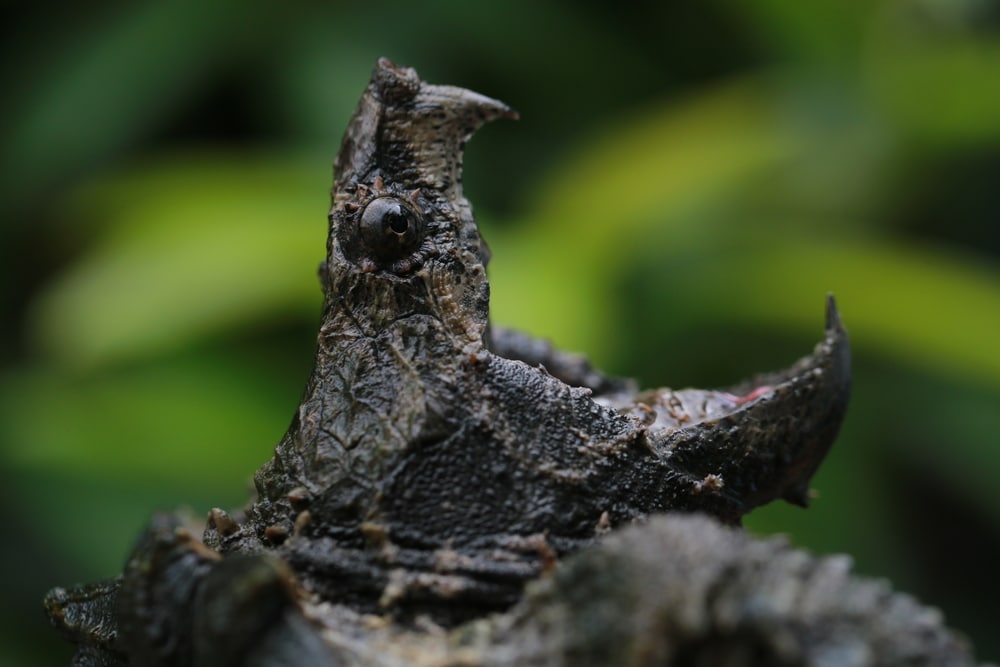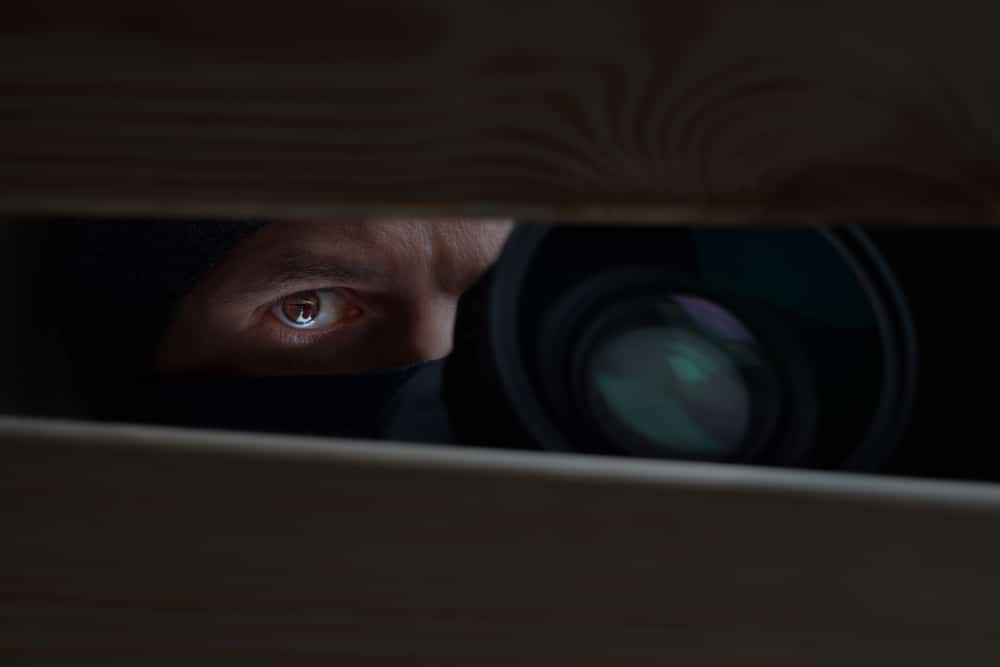Throughout history, monarchs have been given nicknames that often reflect their accomplishments or lack thereof during their reigns. Much like Catherine II (the Great) or Richard I (the Lionheart), they’ve earned the respect of the people, but how would you feel if your nickname stemmed from a place of ridicule. Much like the warrior titles, there are some royals whose nicknames are as unpleasant as some of the things they’ve done. Here’s a list of the most unflattering and unfortunate nicknames in monarch history.
1. Alfonso IX of Leon (the Slobberer)
Alfonso IX was the king of León and Galicia from 1188 to 1230 and during his reign he not only improved the educational standards of his nation, but he also oversaw numerous military campaigns, modernized his kingdom, and married a cousin to ensure peace between enemy nations. Despite all his success as a ruler, Alfonso IX was remembered by his subjects as “Alfonso the Slobberer.” Why? Because he had a tendency of foaming at the mouth when he was very angry.
2. Justinian II (the Slit-Nosed)
Justinian was the ruler of the Byzantine Empire from 685 to 695 and again from 705 to 711 AD. History tells that he was a religious fanatic who taxed his people more than they could afford and would put an end to those he thought were not loyal enough to him. Justinian was called a paranoid tyrant and in 695, he was overthrown by a general Leontius who then gave the order to take off his nose. According to Leontius, no one with a physical deformity was allowed to rule an empire, giving Justinian the nickname “slit-nosed”. Unfortunately, Leontius was a horrible ruler and Justinian came back to not only reclaim his throne, but to also return the stinky favor.
3. Constantine V (the Dung-Named)
Constantine V, the ruler of the Byzantine Empire from 741 to 775 AD, was not well-received by his subjects, much like the other Byzantine emperors. He spent much of his reign waging war against Christians and other religions that were not Eucharist. Not only did he burn down churches and destroy religious artifacts, but he would severely punish those who defied him, whether it was by burning, stoning or whatever he deemed fitting. Because of this, a story began to spread that he pooped in the baptismal font as a baby and that was the reason why he hated Christians so much. The nickname Constantine “Kopronymos” (named in dung) began circulating and it stuck.
4. Louis XI of France (the Universal Spider) (the Cunning) (the Spider King)
Louis XI was the king of France from 1461 to 1483 succeeding his father, Charles VII. During his reign, France recovered from the economic collapse that occurred earlier in the century. He encouraged the creation of new industries, and he weakened the threat of French aristocracy, but it was said that not many people mourned his death. He is said to have earned his nicknames “the Cunning”, “the Spider King” and “the Universal Spider” because of his intrigue for political affairs. His enemies on the other hand would have said that the nickname is because he liked to spin webs of lies and create conspiracies to gain political favor.
5. Ivar Ragnarsson (the Boneless)
Ivar Ragnarsson was the son of legendary Viking hero Ragnar Lothbrok and his wife Aslaug. Although he was not as famous as his father, Ivar and his brothers, collectively called “the sons of Ragnar” commanded the Great Heathen Army of 865 which led to the Vikings ruling much of England. He was given the nickname “Ivar the Boneless” and to this day, it is unclear why. While many believe that he might have had a genetic bone disease leading to the loss of use of his legs, some believed that his name was a reflection of his lack of romantic interests.










